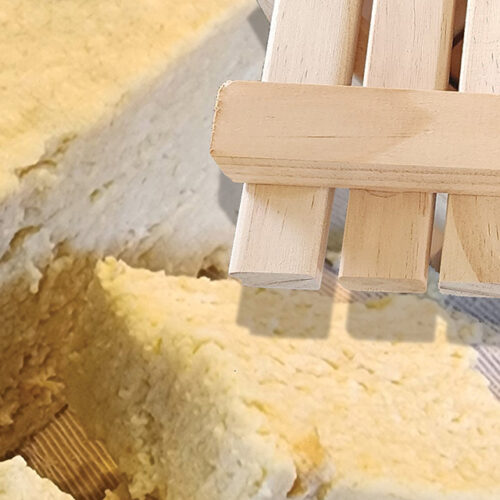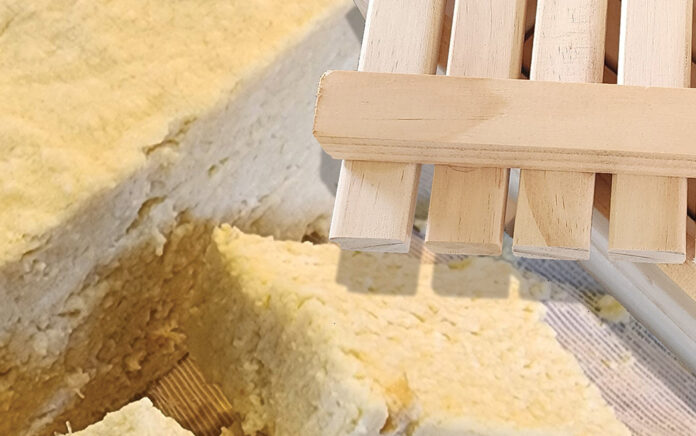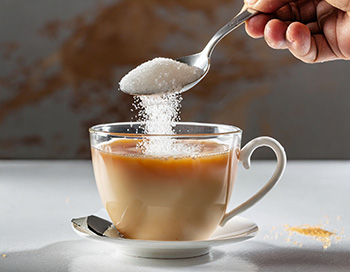Homemade tofu is very easy to make and is very cost-effective. Made from organic GMO-free soybeans, water, lemon juice or rice vinegar, offers numerous health benefits that make it an excellent addition to your diet.
Firstly, tofu is a great source of plant-based protein, making it a valuable option for vegetarians, vegans, and those looking to reduce their meat consumption. The protein in tofu contains all essential amino acids necessary for building and repairing tissues, supporting muscle development, and promoting overall growth and maintenance of the body.
Additionally, tofu is low in saturated fat and cholesterol-free, making it a heart-healthy food choice. It contains high levels of unsaturated fats, such as omega-3 and omega-6 fatty acids, which are beneficial for cardiovascular health, reducing the risk of heart disease and inflammation.
Another health benefit of homemade tofu is its richness in isoflavones, natural compounds in soybeans. Isoflavones have been associated with several health benefits, including reducing the risk of certain cancers, improving bone health, and alleviating symptoms of menopause.
By incorporating homemade tofu into your meals, you can enjoy a nutritious and versatile ingredient that promotes muscle growth, supports heart health, and provides additional benefits through its isoflavone content. So, grab your soybeans, lemons, or rice vinegar, and start making your own tofu to experience these health advantages firsthand.

Homemade Tofu
Equipment
- 1 tofu press
Ingredients
- 3 cups organic GMO-free soybeans
- 3 litres water
- juice from 3 lemons or 3 tbsp rice vinegar
- 2 muslin cloths one for straining and one for pressing.
- 1 tofu press wooden or plastic, or use a container which you punch holes in for straining out the liquid.
Instructions
- Wash the soybeans and soak them overnight until softened.
- Divide the beans into three batches and blend each set with a litre of water until smooth.
- Place muslin cloth over a strainer and add all the blended soybean batches to strain out the soy milk. Allow the pulp left in the strainer to dry, then add water to wash the pulp to get more soy milk out. Squeeze the muslin cloth to get as much liquid as possible.
- Set the pulp aside; this can be used in various dishes; see notes below.
- Place the soy milk in a large pot or stock pot. Bring to a boil; be careful because it can rise rapidly and overflow. Stir regularly to prevent the milk from sticking to the bottom of the pot.
- Once boiled, remove from heat and rest for two to three minutes. Remove any froth from the surface and keep stirring from time to time, as it can still stick while it cools.
- In a small bowl, combine either juice from three lemons or three tablespoons of rice vinegar with 1 cup of water.
- Using a ladle or a spoon with a long handle, gently stir in the acid mixture in small batches. You will see the milk start to coagulate. Once a clear liquid forms on the top of the thickened milk, you can stop; not all the mixture needs to be used.
- Cover the second muslin cloth over a tofu press and place the press on a rack in a roasting pan to capture the liquid when it drains. Be sure that the cloth is large enough to cover the tofu. Using a ladle, transfer the coagulated soy milk into the press, ensuring it fills all the gaps. Cover it with the muslin cloth, place it on its lid and weigh it down with weights (eg. cans). Leave to drain for 15 mins for soft tofu or around 30 mins for firm tofu.
- Finally, still in the muslin, remove the tofu from the press and soak in cold water for at least 30 mins. This will remove the acidity from the coagulation process.
- Eat immediately or place in a sealed container. Cover with water and store in the fridge for up to a week.






